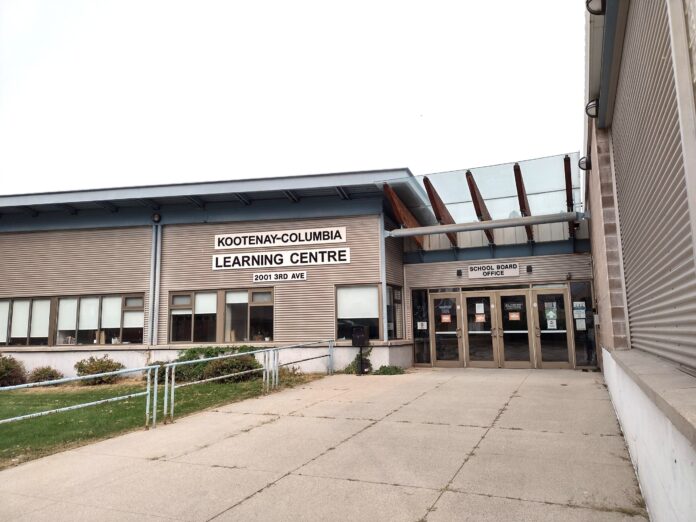The Kootenay-Columbia school district will look at how it handled a reported threat against a Castlegar school last week and especially how it communicated with parents and the public.
A student was alleged to have threatened violence against other students at Stanley Humphries Secondary. However, the risk was not deemed serious enough to cancel classes.
While parents of high school students were notified early the next morning, some parents at other nearby schools felt they should have been told at the same time.
Mayor Maria McFaddin also felt social media posts by some parents resulted in unnecessary panic. Information didn’t became more broadly available from the RCMP and school district until later in the day. Initial information provided by the school was also vaguer than what police later provided.
Superintendent Katherine Shearer says whenever there is a complex or high profile violent threat risk, the district holds a debriefing afterward.
“That’s to look at how it went, what can we learn from it, and certainly in our last one, the communication based on concerns it didn’t meet the community’s needs,” she says.
She said they will look at working with the RCMP to better align their communications to use the same language and reduce any confusion.
“And looking at the choices of who was informed and was that adequate or given what we were becoming aware of in terms of the social media in the larger community, should the communication have been broader?
“All of those things are taken into consideration in the moment, but then they’re also reviewed afterwards to see were those calls the right ones or are there things we need to reconsider going into a future violent threat risk assessment?”
Shearer said while they have had the first stage of the review, they still need to have a discussion with the RCMP.
She said in formulating their communications, they need to be conscious of how much is already circulating. If the word is already out, things become more challenging.
“Then people are wondering and if nothing’s coming to them, they might not be using sources that have accurate information to understand what’s going on. That’s some of what we’re reflecting on.”
Shearer stressed schools would not be open if they didn’t feel they were safe, but added they recognize that “communication supporting that sentiment is helpful.”
Local response to such incidents is rooted in a provincial student safety strategy developed in 2012 called ERASE (Expect Respect and a Safe Education), designed to foster school connectedness, address bullying, violence prevention, and provide support to school districts during critical incidents.
That initiative included violence risk assessment protocols, which districts in the Kootenays signed off on in 2014. Its purpose is to ensure safety of students, staff, parents, and others and calls for an understanding of the context of each threat and any contributing factors to concerning behavior. It then looks at developing plans to address the emotional, physical, and safety needs of all involved.
While some incidents are very visible and end up being publicized, Shearer said the same lens is used all the time to look at things going on in schools, such as fighting between students.
The exact response, however, is determined by the context of each incident. What information can be released is sometimes limited by criminal investigations, in which case they rely on the RCMP for advice.
“All those variables come in to looking at what communication we can send and to whom,” Shearer said.
She added they are also proactive to prevent such incidents. The provincial curriculum calls for supporting students feel a sense of belonging as members of their communities and society, hopefully reducing the need for violent risk threat assessments and emergency responses.
“We’re always working towards building places where people feel safe and that they belong and are valued. Then hopefully we don’t need these other pieces often or ideally ever.”






